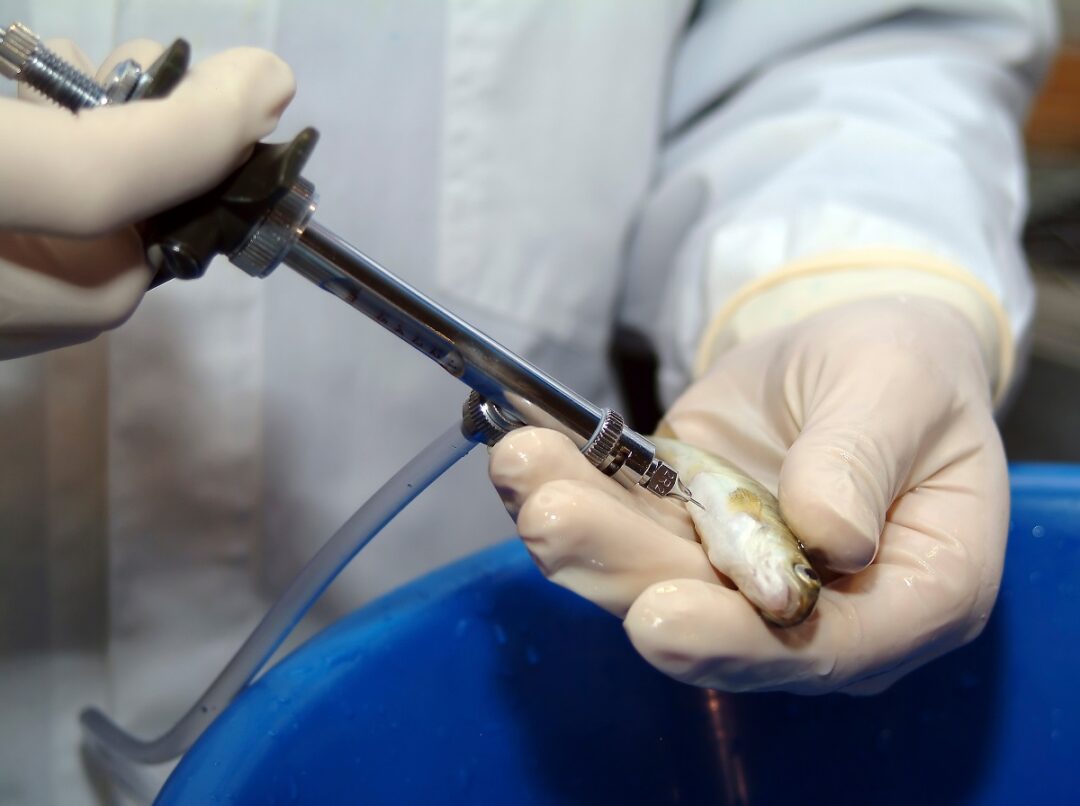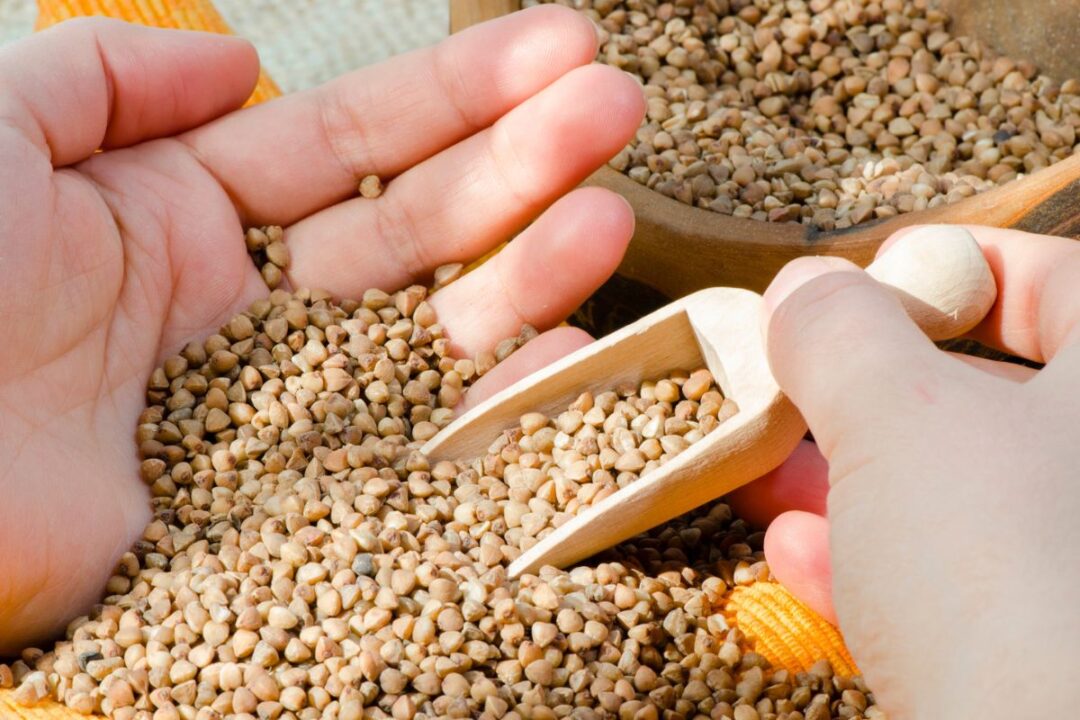Federal State-Financed Institution “Federal Centre For Animal Health” (FGBI “ARRIAH”) described innovative methods for identifying botulism pathogens
The Vladimir testing laboratory of the Federal State-Financed Institution “Federal Centre For Animal Health” (FGBI “ARRIAH”) has prepared methodological recommendations for the rapid identification of bacteria of the genus Clostridium. These are dangerous bacteria that produce the most powerful poisons known, such as botulinum toxin, which can cause botulism in humans.

“The creation of a custom database for the MALDI-TOF Autof MS 1000 mass spectrometer, which includes the spectra of Clostridium botulinum, deserves special attention. This achievement fills a gap in commercially available databases and expands the ability to identify one of the most dangerous pathogens,” states FGBI “ARRIAH”.
It is noted that the developed guidelines open new horizons in the accuracy and speed of diagnosis, which is critical for ensuring the safety of food and feed.
“The authors of the guidelines focused on optimizing sample preparation, which allows for efficient processing of various groups of products and feeds. The systematic approaches proposed in the document simplify the process of identifying clostridia, making it more accessible to a wide range of specialists. In addition to classical methods, the recommendations describe innovative techniques, such as the use of the API 20 A test system and the MALDI-TOF Autof MS 1000 mass spectrometer. These methods significantly speed up the process of identifying Clostridium spp.,” explained FGBI “ARRIAH”.
The methodological recommendations are intended for use in organizations and institutions carrying out microbiological studies of food and feed.
Clostridia (lat. Clostridium) is a genus of gram-positive spore-bearing bacteria. In particular, clostridia of the species C. botulinum can cause botulism, Clostridium tetani — tetanus, Clostridium perfringens, Clostridium novyi, Clostridium oedematiens and Clostridium septicum — gas gangrene. In addition, C. perfringens can also cause foodborne illness due to the toxin produced by C. perfringens. For example, 8–14 hours after eating meat, poultry, or legumes contaminated with C. perfringens, a person may experience watery diarrhea, nausea, abdominal cramps, and sometimes fever.




Popular
Нет просмотренных постов.

